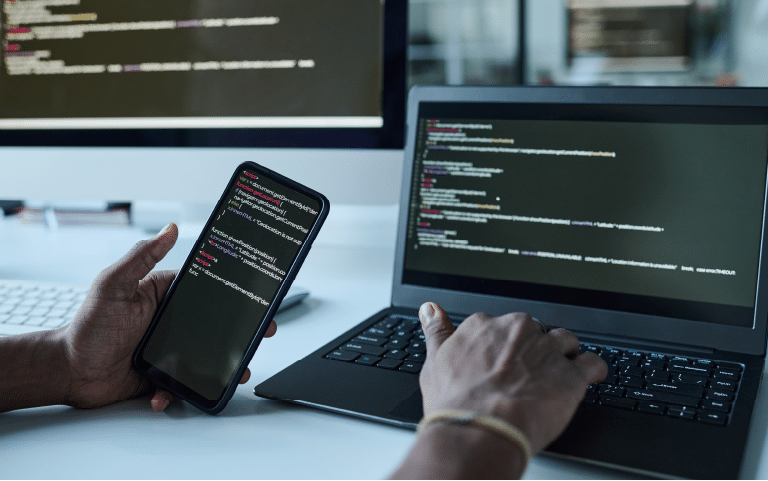Mobile app development teams often struggle to ship high-quality software on time and on budget. Developers face the pressure of accelerated release cycles, revenue demands, bug fixes, security breaches and compliance and regulatory requirements. Given an intense focus on developer efficiency and user experience, it’s inevitable that security and privacy issues can creep into their code.
The OWASP Mobile Application Security Verification Standard (MASVS) sets the global industry standard for mobile application security. Mobile app developers and architects should use the MASVS set of controls to ensure the apps they develop are secure. However, NowSecure mobile application security testing reveals a concerning trend: 95% of mobile apps fail to meet one or more OWASP MASVS checks, exposing organizations to data breaches and reputational damage.
Our OWASP MASVS benchmark analysis finds the most common mobile app security oversights include the areas of network communications, platform interaction, code quality, storage and cryptography. For example, several mobile apps still use HTTP instead of secure protocols, store sensitive data in plaintext and employ outdated cryptographic algorithms.
Review the infographic below to learn:
- The most common OWASP MASVS mobile security mistakes NowSecure Platform automated testing and NowSecure Mobile Pen Testing as a Service uncover
- Secure coding best practices to avoid security and privacy bugs
- Why you should upskill mobile app development teams in mobile security and integrate automated mobile app security testing into the dev pipeline to safeguard data and brand reputation.





